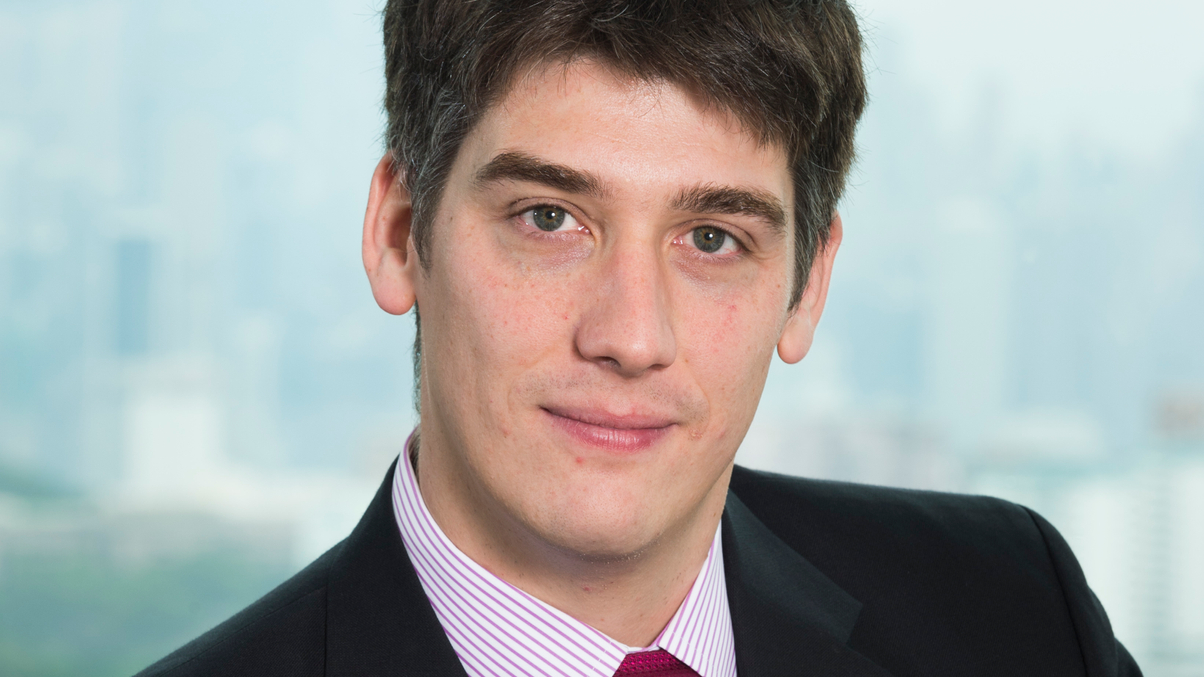Axa Asia plans eightfold increase in alternatives
The insurance firm is increasing its Asian portfolio’s allocation to alternative and foreign investments at the expense of equities.

Reflecting a trend among insurance firms in Asia, Axa Asia is moving to boost its exposure to alternative investments to 7-8% of its regional AUM and to raise its offshore allocation.
Sign in to read on!
Registered users get 2 free articles in 30 days.
Subscribers have full unlimited access to AsianInvestor
Not signed up? New users get 2 free articles per month, plus a 7-day unlimited free trial.
¬ Haymarket Media Limited. All rights reserved.


